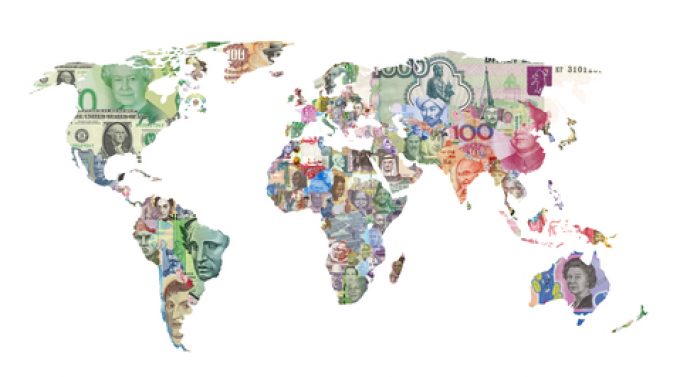Threat of rising oil price adds to frustration for crisis-hit supply chain chiefs
New warnings from the World Bank of surging oil prices, adding to the continuing instability ...
TFII: SOLID AS USUALMAERSK: WEAKENINGF: FALLING OFF A CLIFFAAPL: 'BOTTLENECK IN MAINLAND CHINA'AAPL: CHINA TRENDSDHL: GROWTH CAPEXR: ANOTHER SOLID DELIVERYMFT: HERE COMES THE FALLDSV: LOOK AT SCHENKER PERFORMANCEUPS: A WAVE OF DOWNGRADES DSV: BARGAIN BINKNX: EARNINGS OUTODFL: RISING AND FALLING AND THEN RISING
TFII: SOLID AS USUALMAERSK: WEAKENINGF: FALLING OFF A CLIFFAAPL: 'BOTTLENECK IN MAINLAND CHINA'AAPL: CHINA TRENDSDHL: GROWTH CAPEXR: ANOTHER SOLID DELIVERYMFT: HERE COMES THE FALLDSV: LOOK AT SCHENKER PERFORMANCEUPS: A WAVE OF DOWNGRADES DSV: BARGAIN BINKNX: EARNINGS OUTODFL: RISING AND FALLING AND THEN RISING

Any further major financial shocks could see the global economy sink into recession, according to a World Bank global forecast.
Otherwise, the World Bank expects a sharp deceleration in global growth to 1.7%, “its third-weakest pace in nearly three decades, overshadowed only by the 2009 and 2020 global recessions”.
Major economies, including Europe, the US and China, are experiencing “pronounced weakness” in their economies, noted its January’ report, adding a warning that a combination of other factors, such as indebtedness and tightening financial conditions, could trigger corporate defaults.
In Europe, Amsterdam-based ING Bank also issued a forecast for European trade this year, showing a patchy outlook for a number of key industries: manufacturing and construction are likely to see small contractions; while the technology and transport sectors are expected to grow more modestly than last year.
According to ING, consumers are now spending more on services, with demand for goods diminishing in a market showing signs of weakening – with sanctions on Russia also affecting demand in Europe.
“The European transport and logistics sector is entering a new phase of reality after the unprecedented impact from the pandemic and the Russian invasion of Ukraine. Unlike 2022, this year starts with (nearly) all travel restrictions removed,” it said.
Nevertheless, the bank does offer some optimism: the second half of the year offering a stronger manufacturing sector, with China’s abandonment of its Covid policy freeing trade again.
In the retail sector, demand is falling to pre-pandemic levels as consumers spend on services rather than goods, and the sector has also been hit by high inflation since the latter part of last year.
For manufacturing in general, ING said: “The outlook for European industry has improved somewhat, thanks to a mild winter and governments bolstering producer confidence by dampening the extreme energy prices.”
According to the bank, manufacturing output last year held up well, showing 2% growth overall. However, there was a wide range within that manufacturing label, with oil-dependent goods, such as chemicals and base metals, declining 5.5% and 3.5%, respectively, while pharmaceuticals and apparel increased 14% and 5%, respectively.
Comment on this article